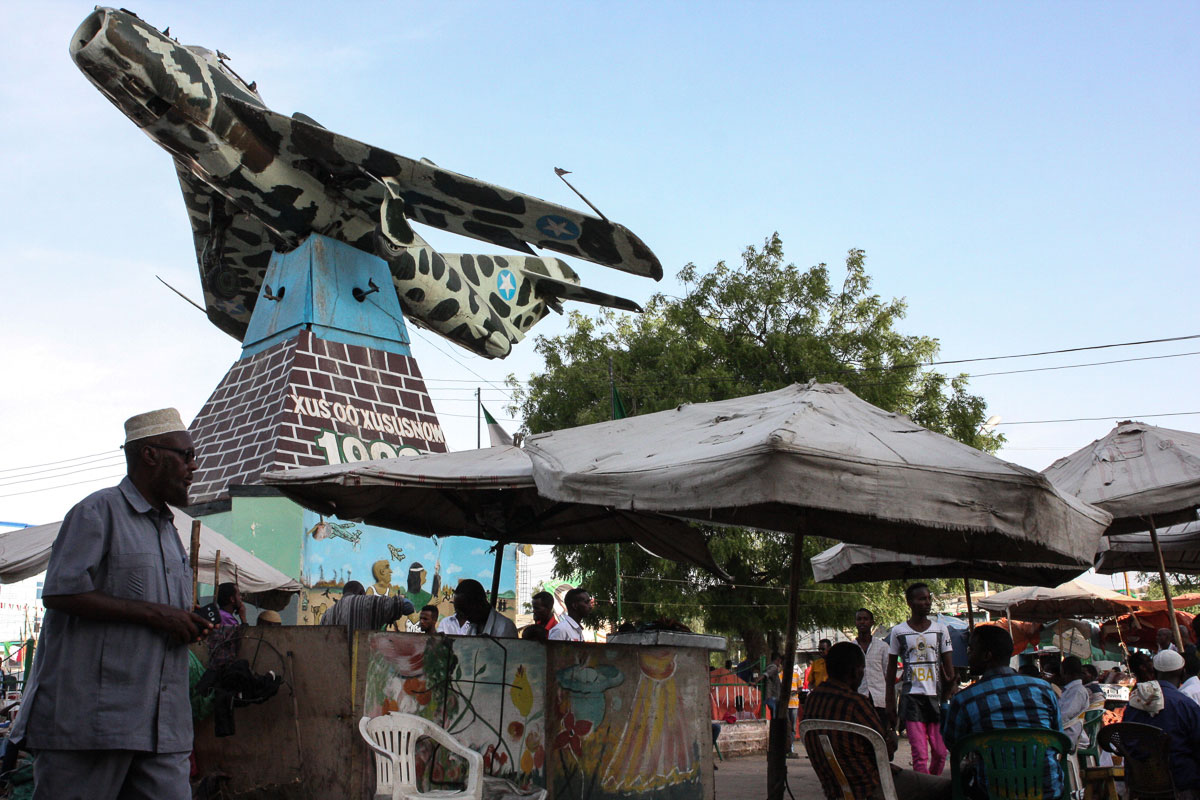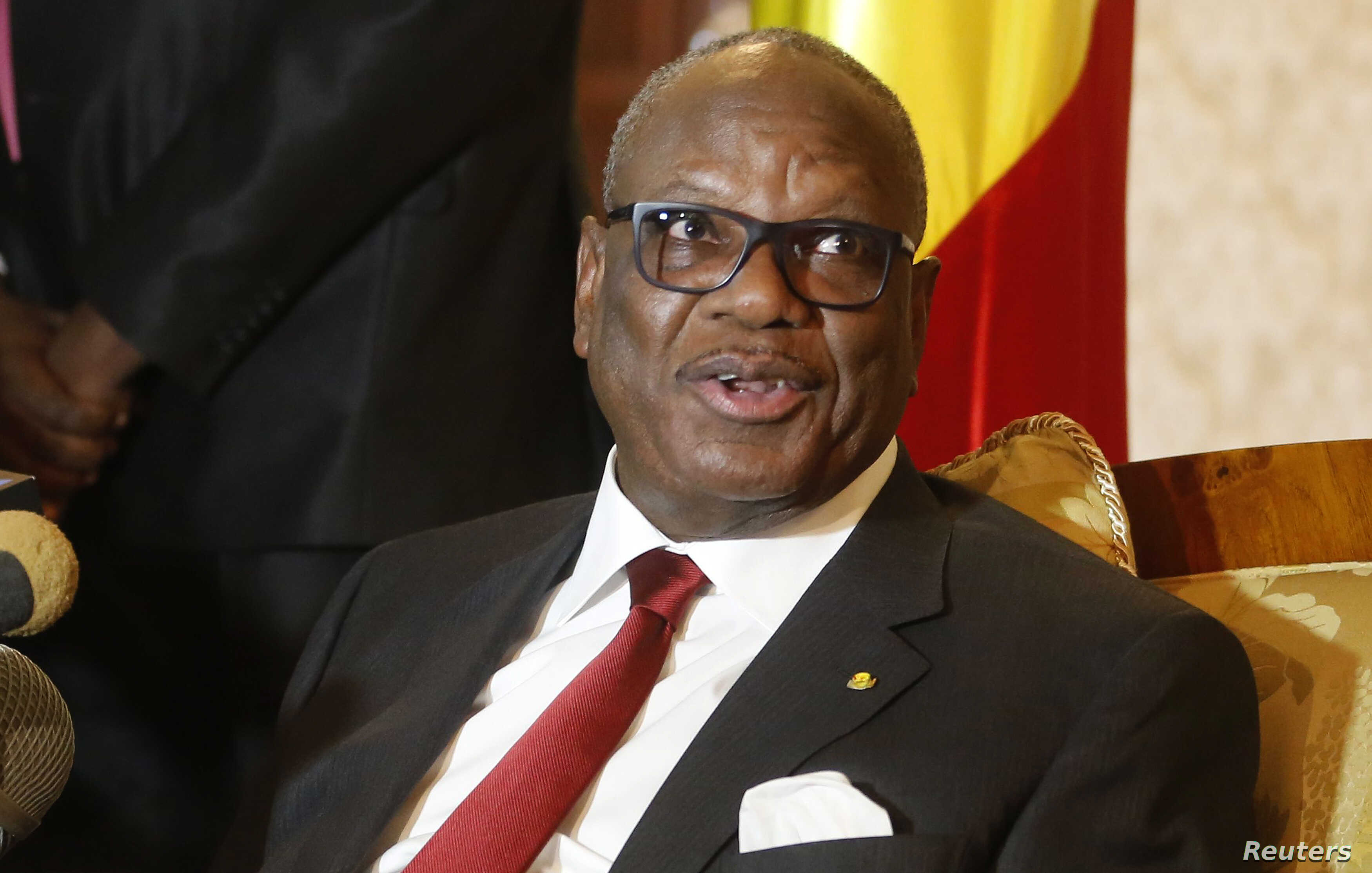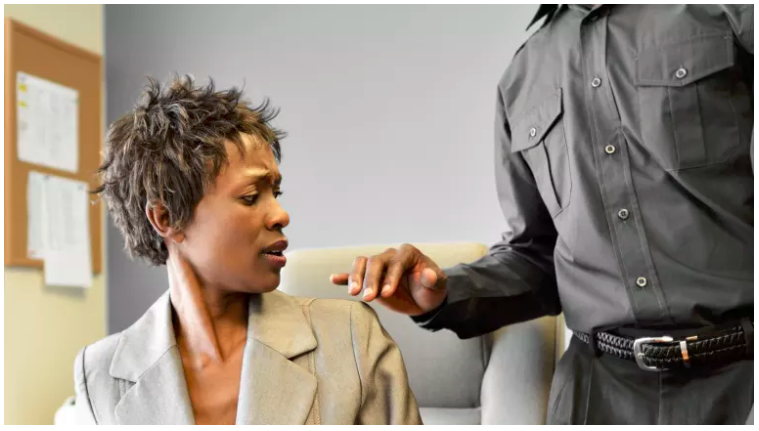Hargeisa, Somaliland – On May 18, 1991, Somaliland declared its independence from Somalia. Twenty-five years on, it still has not received legal recognition from the international community.
“Even if they don’t recognise us, our independence is by virtue of our existence and by virtue of our liberty,” said Yussef Ali, who had taken his four young sons to join the crowds that lined Independence Avenue to watch the May 18 independence parade under the harsh sun.
Around 500,000 Somalilanders were expected to fill the streets of the capital, Hargeisa, for the big day. But despite the festivities and the resolve of its people, Somaliland is straining after a quarter of a century of non-statehood. Its economy is fragile, making this apparent against the odds success story vulnerable.
“It’s absolutely unfair,” said Saad Ali Shire, the minister of foreign affairs and international cooperation, after a conference the preceding day titled, The Republic of Somaliland: The Case for Recognition.
“We can’t get international credit or foreign investment to build the country and create jobs as we are not recognised.”
After the civil war at the end of the 1980s left much of Hargeisa in ruins and its population scattered – many in refugee camps in neighbouring Ethiopia – Somaliland rebuilt itself in “extraordinary isolation,” explained Matthew Bryden, a political analyst who has been involved in Somaliland since its formation.




